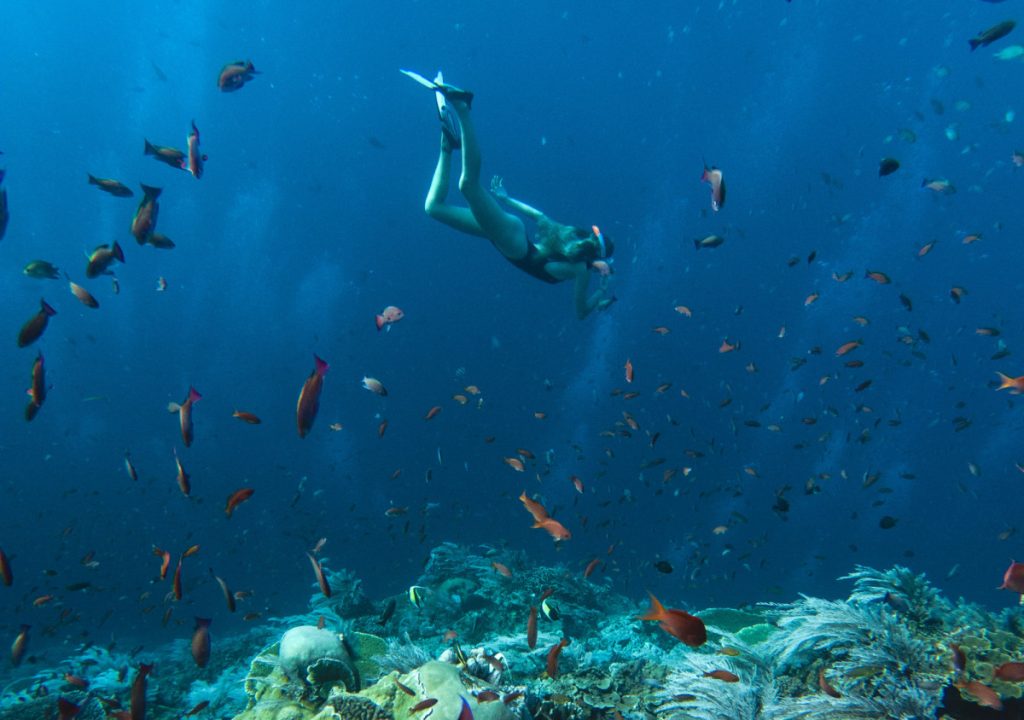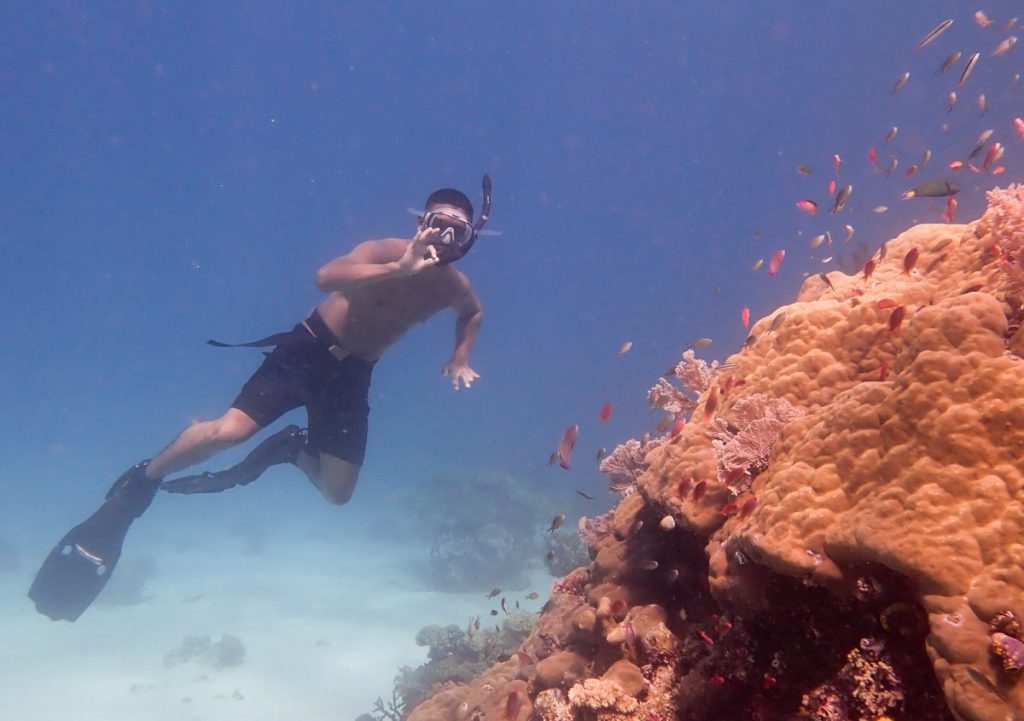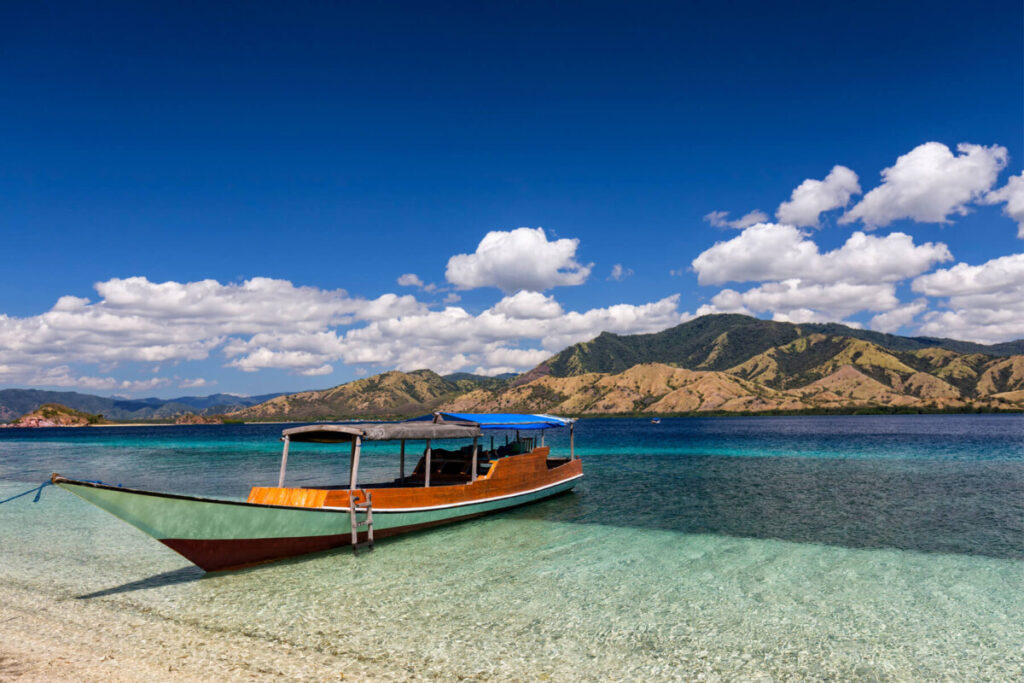Snorkeling in Indonesia is a great way to experience the beauty of underwater biodiversity because the country is mainly composed of the ocean. Snorkeling is one of the fun activities to do during the holidays. This activity is also classified as a water sport, allowing you to enjoy nature’s beauty and maintain a healthy body.

However, you should know a few things before snorkeling in Indonesia. Starting with basic swimming techniques, preparing equipment, and learning about marine flora and fauna.
Swimming Skills
Swimming is the most important skill for exploring snorkeling spots in the Indonesian seas. To enjoy the underwater scenery, one must be able to move in the water. As a result, you can freely explore the oceans and learn about marine flora and fauna.
Swimming in the open sea is different from swimming in a pond. Although a higher-density sea can cause you to float, courage is also essential. This is because the bottomless sea can affect your mental state.

If you are not a good swimmer, it is best to start learning. Try to learn some swimming techniques that you can adapt to the conditions on the field. Although a life jacket can be used, knowing the basics of swimming is essential for safety.
Check The Snorkeling Equipment
Before diving, ensure all the snorkeling equipment is in good condition. Examine the equipment one by one to ensure that everything works properly. If not, you’ll need to repair or replace the equipment.
After ensuring that all the equipment is functional, you must make adjustments and practice with the kit. Snorkeling in Indonesia with a mask, breathing through a pipe, and wearing flippers will feel strange if you’re not used to it. To that end, try out the equipment before getting into the water. You can also prepare some documentation equipment if required.
Don’t Forget Used Sunscreen
Using sunblock or sunscreen during activities is recommended to protect your skin from direct exposure to sunlight, which can burn the skin. When swimming, it is also recommended that you use sunscreen.
However, there are several factors to consider when selecting a sunscreen suitable for water use. This is because some of its ingredients may unknowingly harm coral reefs.
Keeping a Safe Distance from Coral Reefs
Because of their sharp shapes, some coral reefs can be unsafe for divers, so you should always keep an eye on where your feet are in the water. Avoid touching the coral reefs, which can cause foot pain. Furthermore, the high salt content of the sea can cause you to wince in pain if it comes into contact with a wound.
Besides this, coral reefs serve as a habitat or home for various marine animals and plants. Keeping a safe distance also ensures you do not harm the coral reefs. Consider if fish habitats were damaged, resulting in fewer species living in the area and disrupting the marine ecosystem.
Minimizing Marine Organism Interaction
If you’ve ever considered taking living things from the water, you should reconsider because doing so risks destroying marine habitats and impacting the surrounding ecosystem. However, if you come across inanimate objects known as trash, you must pick them up and dispose of them when they return to land.
It is also critical not to chase or harass marine animals, especially if you lack prior experience and knowledge. When an animal feels threatened, it may attack you unexpectedly. As a result, only go snorkeling with professional supervision.


